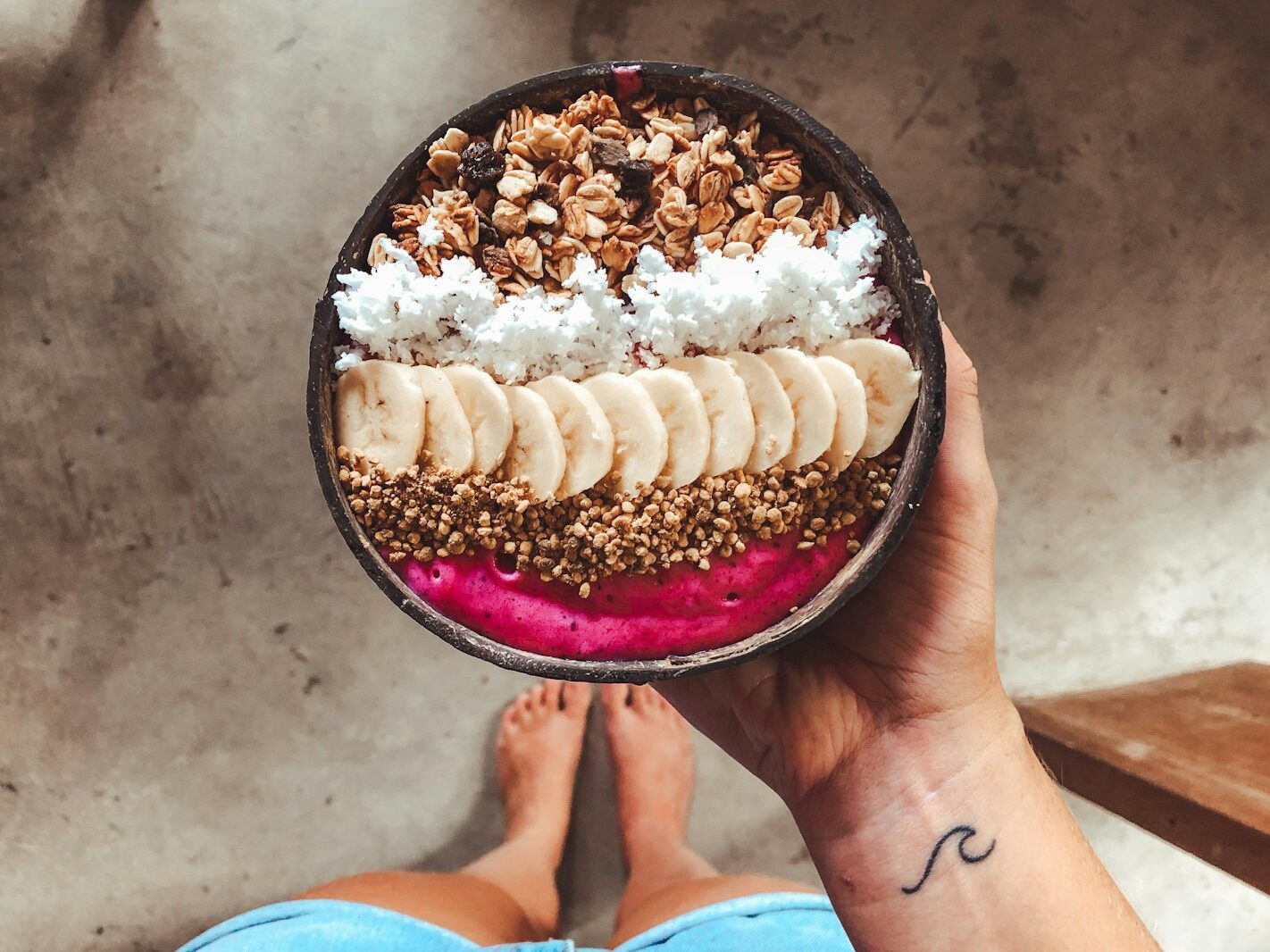
Food companies are experts at turning junk food into something that looks good for you. They plaster words like “organic,” “low-fat,” or “natural” on the box so you feel confident about tossing it in your cart. The truth is that many of these products aren’t much different from candy. People eat them every day thinking they’re being healthy but the labels are more trick than truth.
Granola
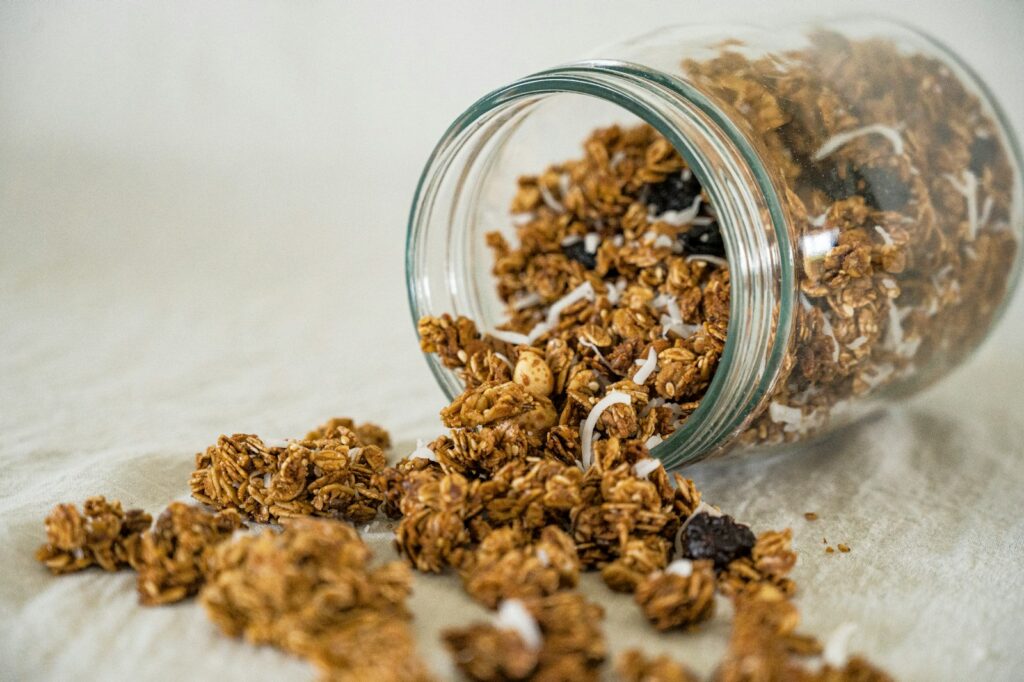
Granola feels like it should be the poster child of healthy breakfasts. It’s oats, nuts, maybe some dried fruit — what could go wrong? The issue comes from how most companies make it. They bake it with sugar syrups, honey, or oils, turning it into something closer to dessert. A small bowl can rival cake in calories. Unless you make it yourself, store-bought granola rarely lives up to the hype.
Flavored Yogurt
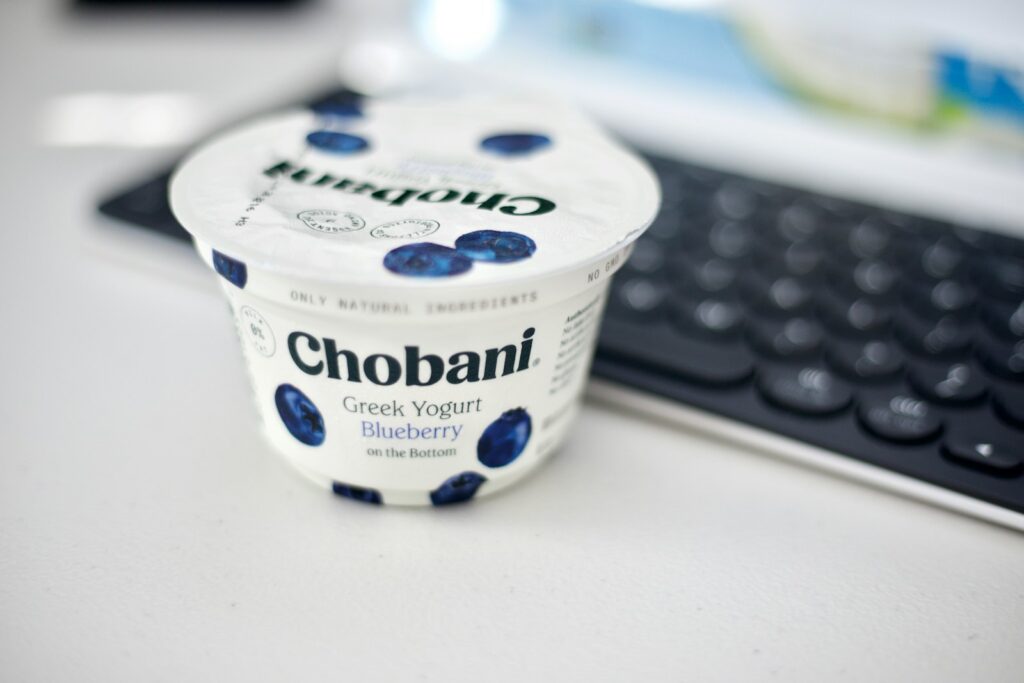
Plain yogurt is a solid choice, filled with protein and probiotics that actually help your body. The problem starts once sugar and artificial flavors get added. Those little cups you find stacked in the dairy aisle often have more sugar than soda. The fruit flavoring sounds healthy but does the opposite. If you want the benefits yogurt can bring, stick with plain and add fresh fruit yourself.
Veggie Chips
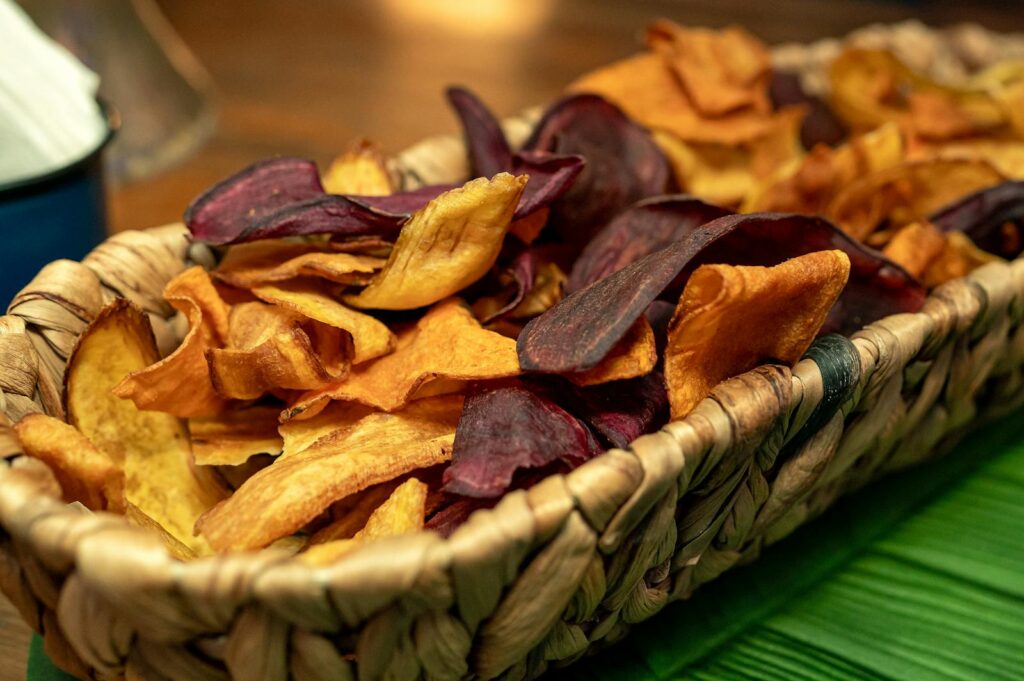
The name “veggie chips” makes people feel like they’re snacking on vegetables, but that’s a stretch. Most are just potato starch and vegetable powder fried into colorful shapes. The crunch is there, but the nutrition is missing. They’re usually just as salty and oily as regular chips. They may look better in a bag, but nutritionally, they’re no improvement. If you want vegetables, eat them fresh or roasted.
Smoothie Bowls
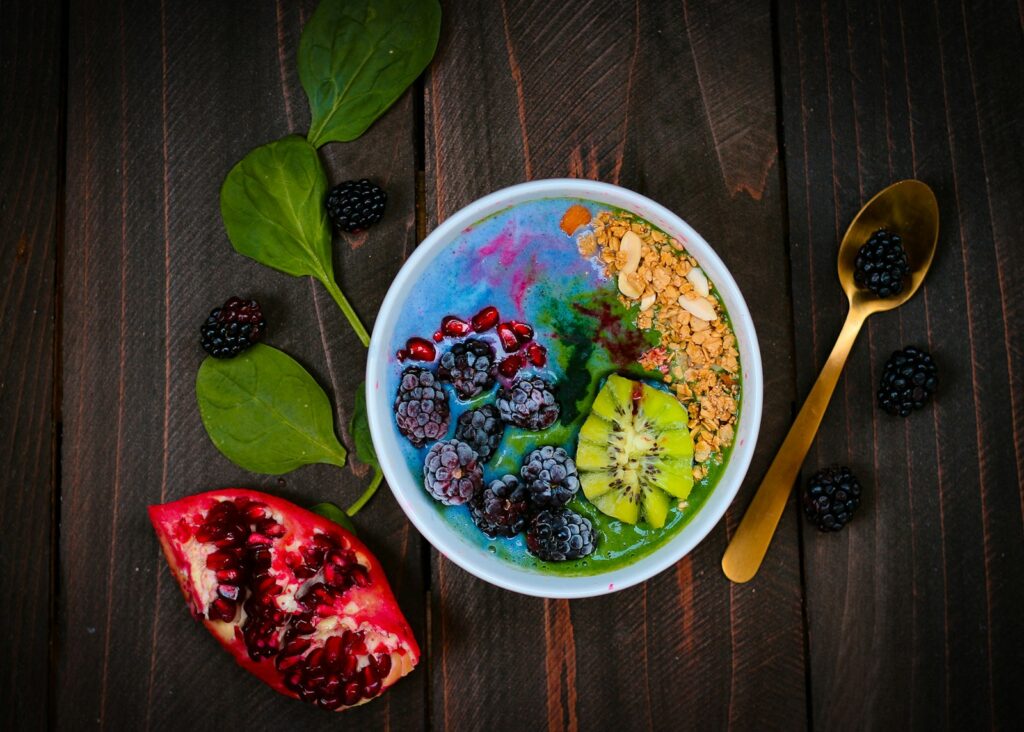
Smoothie bowls are a social media darling. Bright colors, fruit piled on top, granola scattered across — they look like the picture of health. The sugar tells another story. Between sweetened yogurt, syrups and heavy toppings, these bowls can carry more sugar than ice cream. They feel refreshing in the moment but often leave you crashing later. Homemade versions can be healthier but café bowls are often just dessert in disguise.
Protein Bars
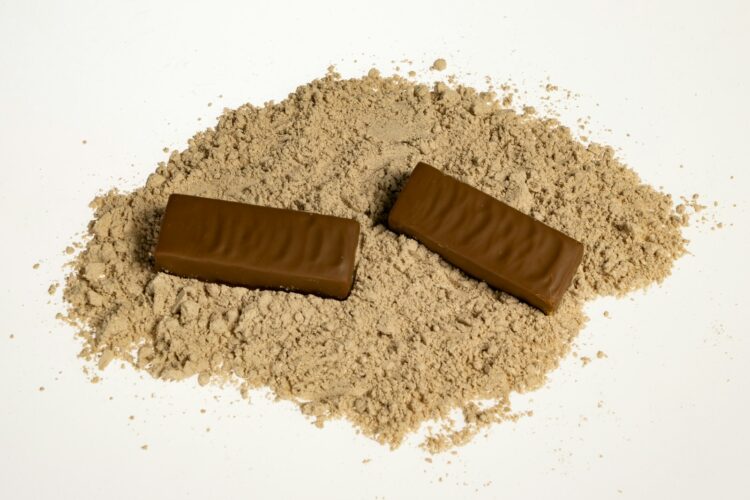
Protein bars sit in every checkout aisle, promising energy and strength. Peel back the wrapper and most look more like candy bars with added powders. They’re full of syrups, artificial sweeteners, and processed fillers. Yes, they provide protein, but not much else of value. Unless you’re in a pinch, they don’t live up to their healthy image. Whole foods like nuts or eggs give protein without the junk.
Gluten-Free Snacks
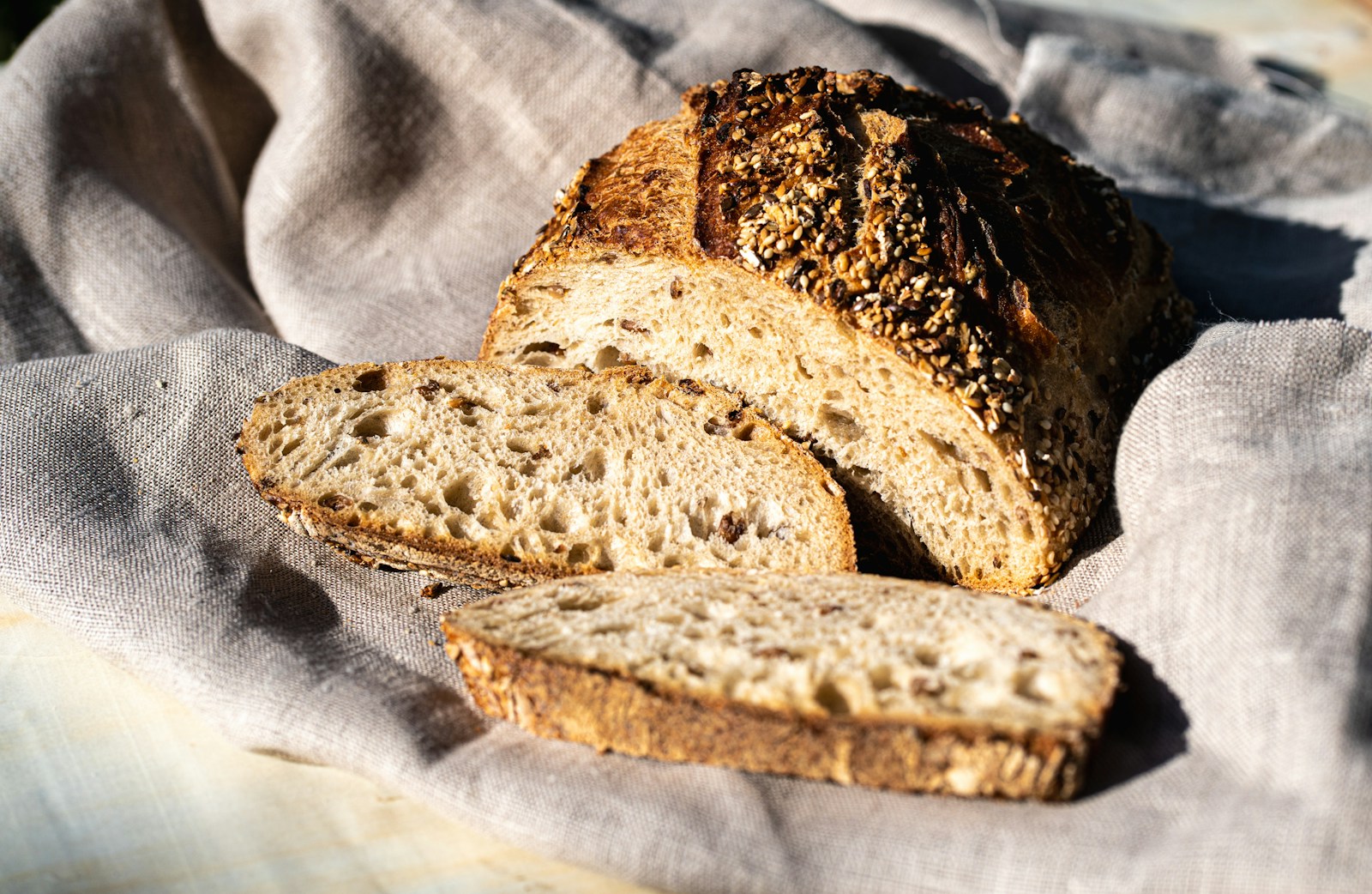
Gluten-free foods are a must for people with medical reasons, but that doesn’t mean they’re better for everyone. Gluten-free breads, crackers, and cookies often rely on refined starches, sugar, and oil to replace what wheat gives naturally. The result is food that spikes blood sugar and doesn’t keep you full. For most people, gluten-free packaged snacks aren’t healthier at all — they’re just another processed product with good marketing.
Dried Fruit
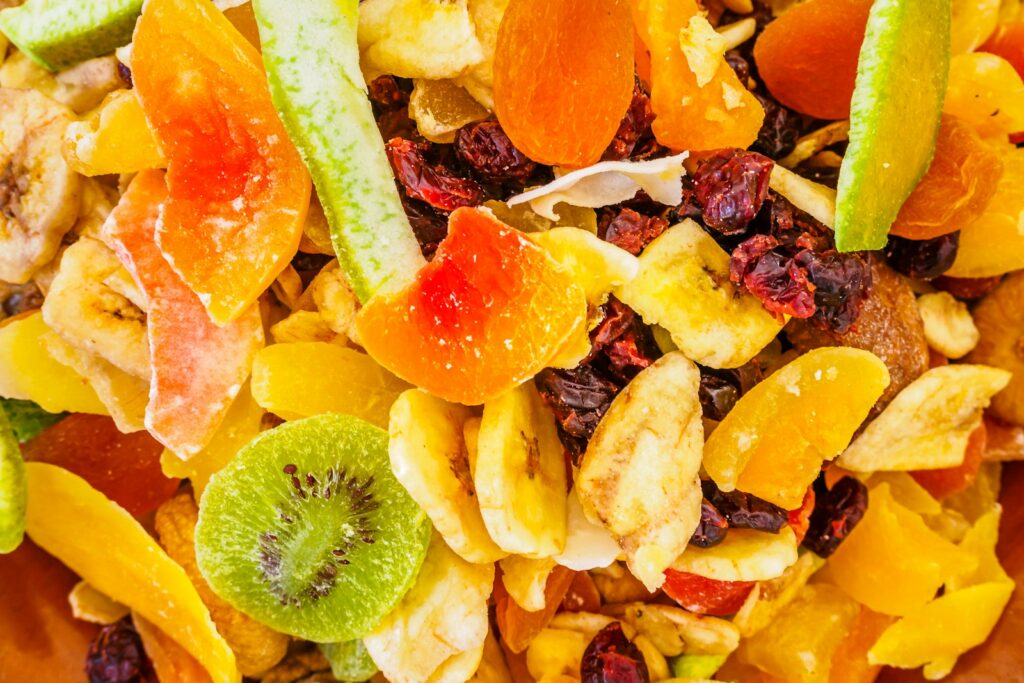
Dried fruit is fruit, but it’s also sugar condensed into bite-sized pieces. A handful of raisins or dried mango can pack the same sugar load as candy. Many brands even add more sugar on top. Without the water and bulk of fresh fruit, it’s easy to overeat. It feels like a wholesome snack, yet in practice it’s closer to a sugary treat than a balanced choice.
Store-Bought Smoothies
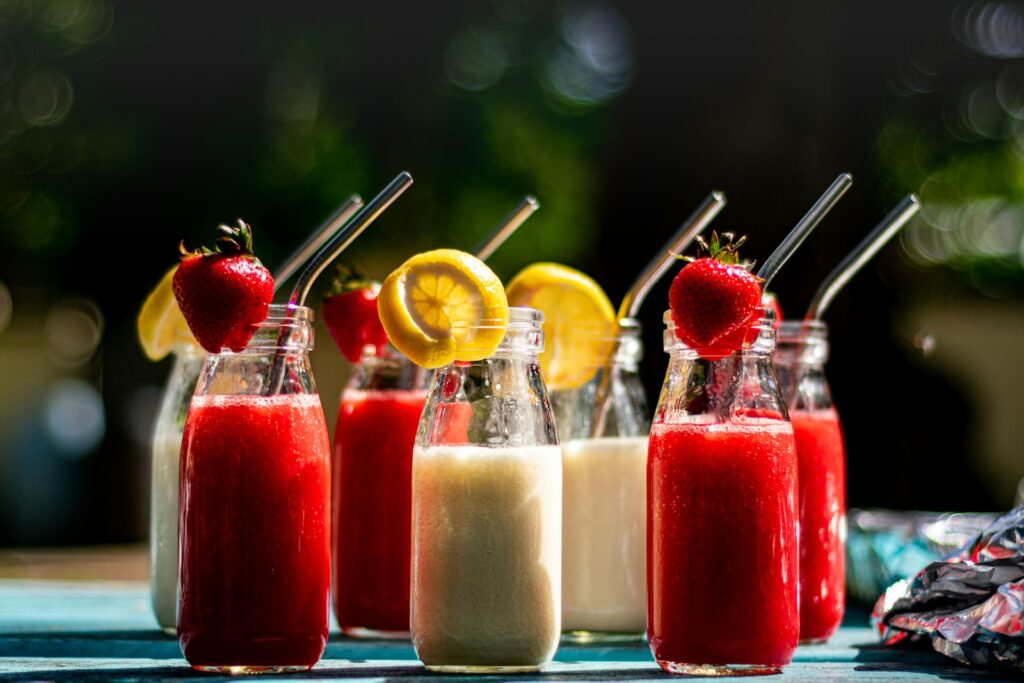
A bottled smoothie feels like the healthiest grab-and-go choice. Flip it over, and you’ll often find fruit purée concentrate, added sugars, and very little fiber. Some have as many calories as soda. Even fresh smoothies from shops can go overboard if they’re loaded with juice bases or sweet syrups. While smoothies can be healthy at home, the versions sold in stores usually fall short.
Energy Drinks Marketed as Healthy
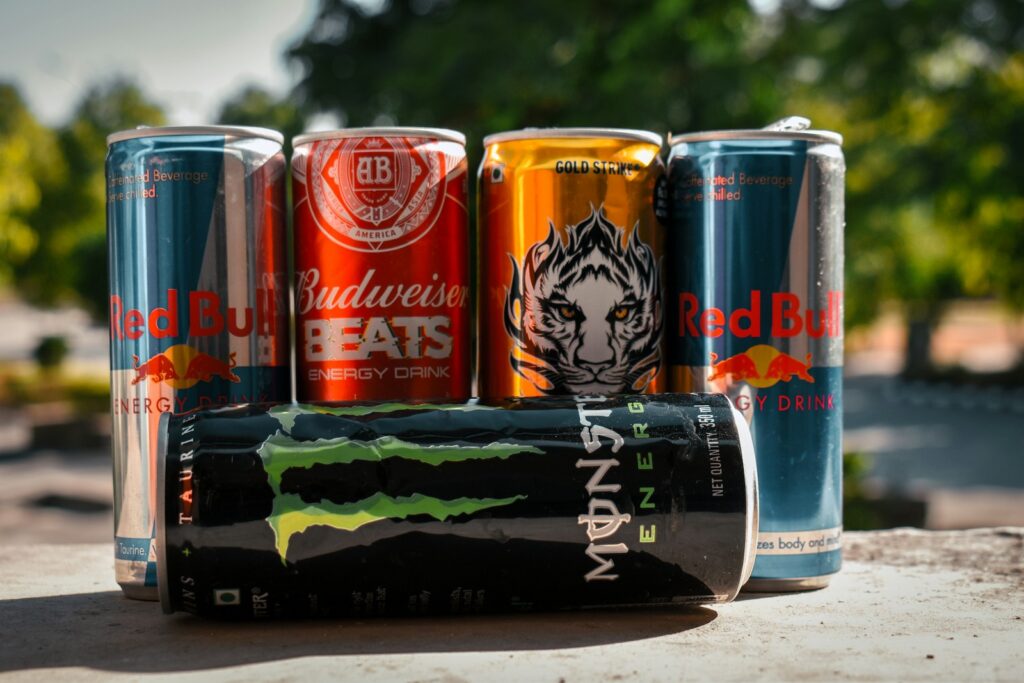
Energy drinks often slap on labels like “clean” or “infused with vitamins.” It sounds impressive, but the contents rarely live up. They’re still caffeine bombs with sweeteners, sometimes hiding behind natural flavors. A few added vitamins don’t erase the jitters, anxiety, or crashes. They may look more polished than soda, but the effect on your body is about the same. It’s marketing gloss, not true wellness.
Rice Cakes
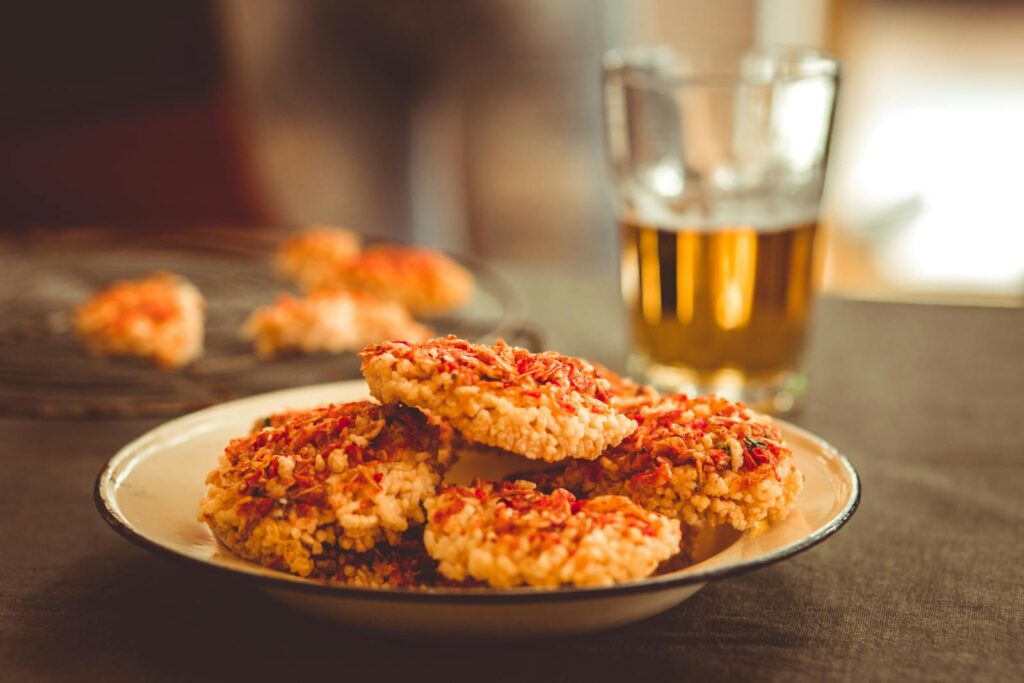
Rice cakes became famous during diet crazes for being light and low in calories. The problem is they’re little more than air and starch. They digest quickly, leave you hungry, and don’t provide protein or fiber. Flavored versions usually add sugar or salt to mask the blandness, which only makes them worse. They’re fine if you enjoy the crunch, but they aren’t much of a snack.
Frozen Yogurt
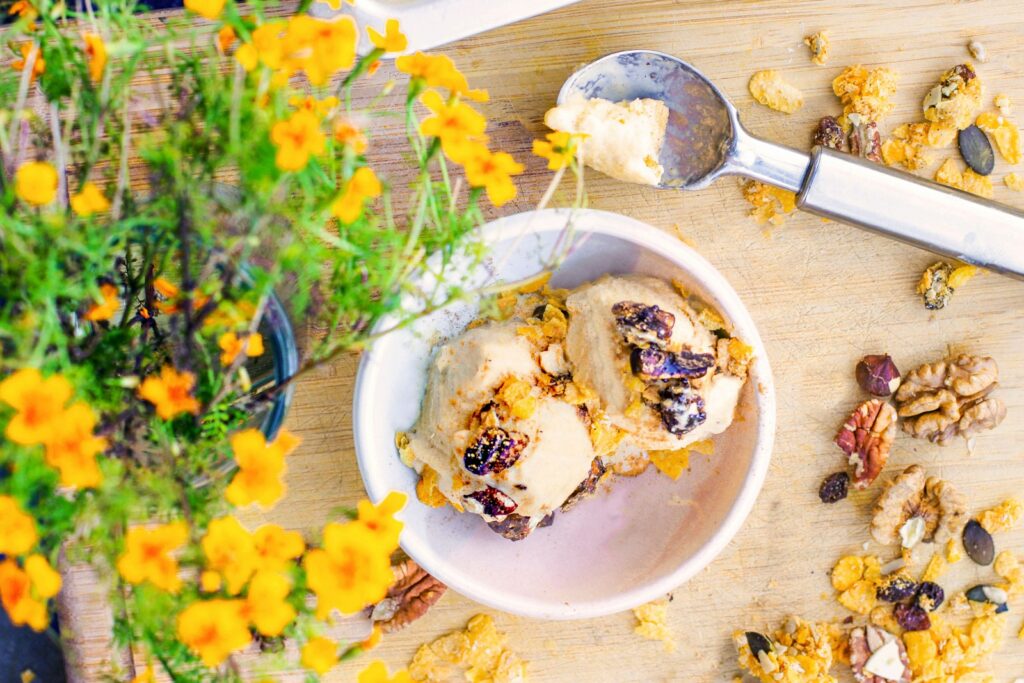
Frozen yogurt caught on as the “healthy” answer to ice cream. The base, though, is heavily sweetened, and the toppings most people choose — candies, syrups, cookies — erase any advantage. The portions are often bigger too, since people assume it’s healthier. In the end, it’s not much better than a bowl of regular ice cream. The health halo here is mostly a trick of branding.
Trail Mix
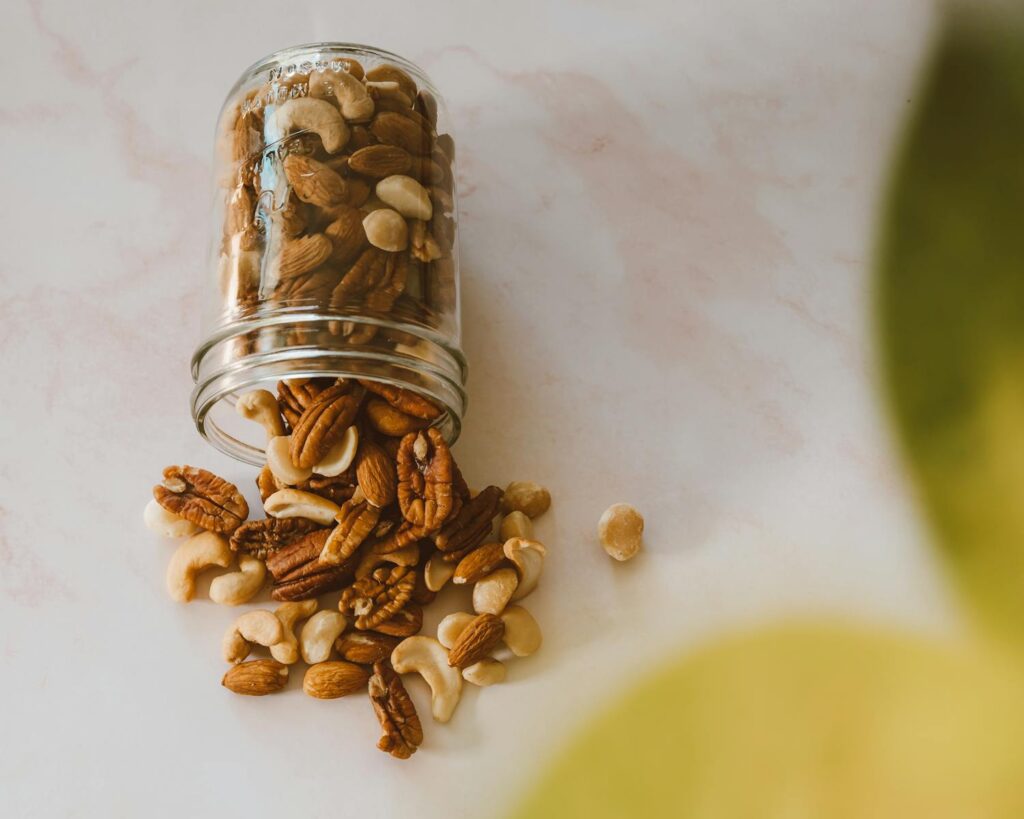
Trail mix seems like the perfect balanced snack: nuts for protein, fruit for sweetness. In reality, store-bought mixes often contain chocolate candies, yogurt coatings or sugar-covered raisins. A couple of handfuls can top hundreds of calories without much satiety. Nuts alone are great, but the added sweets change the picture. Unless you make it yourself, trail mix is often more about sugar than nutrition.
Fruit Juice
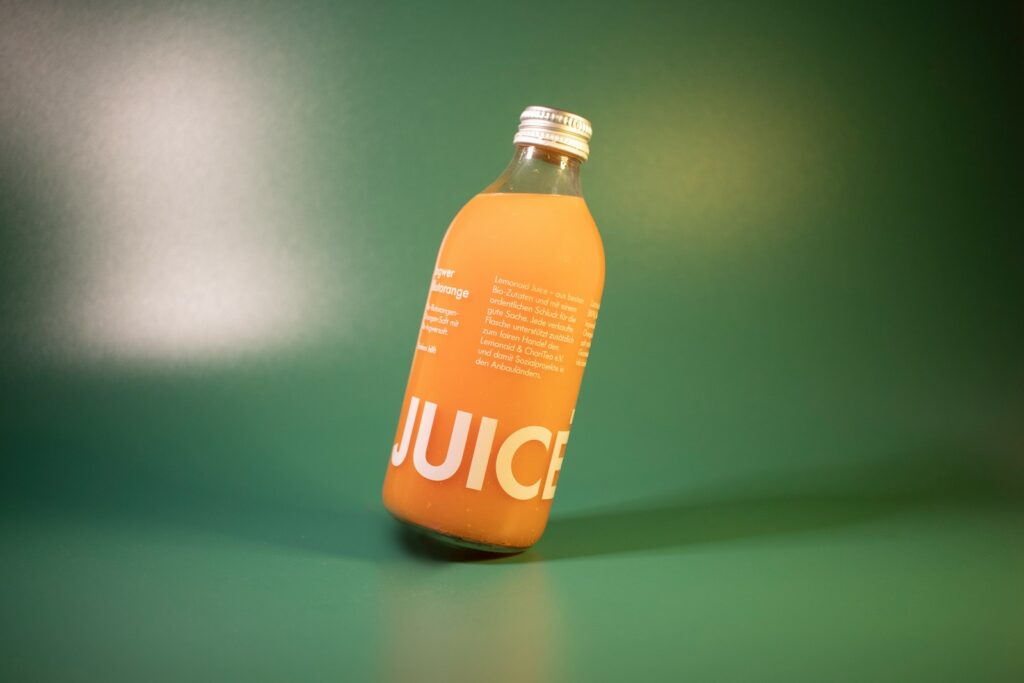
Juice wears the label of being natural and vitamin-rich. But even 100% fruit juice is loaded with sugar and lacks the fiber of whole fruit. Drink a glass of orange juice and you’ve consumed the sugar of several oranges in minutes. It spikes blood sugar without keeping you full. Add in brands that sneak extra sweeteners, and it’s barely healthier than soda. Juice is fruit stripped of its best parts.
Sports Drinks
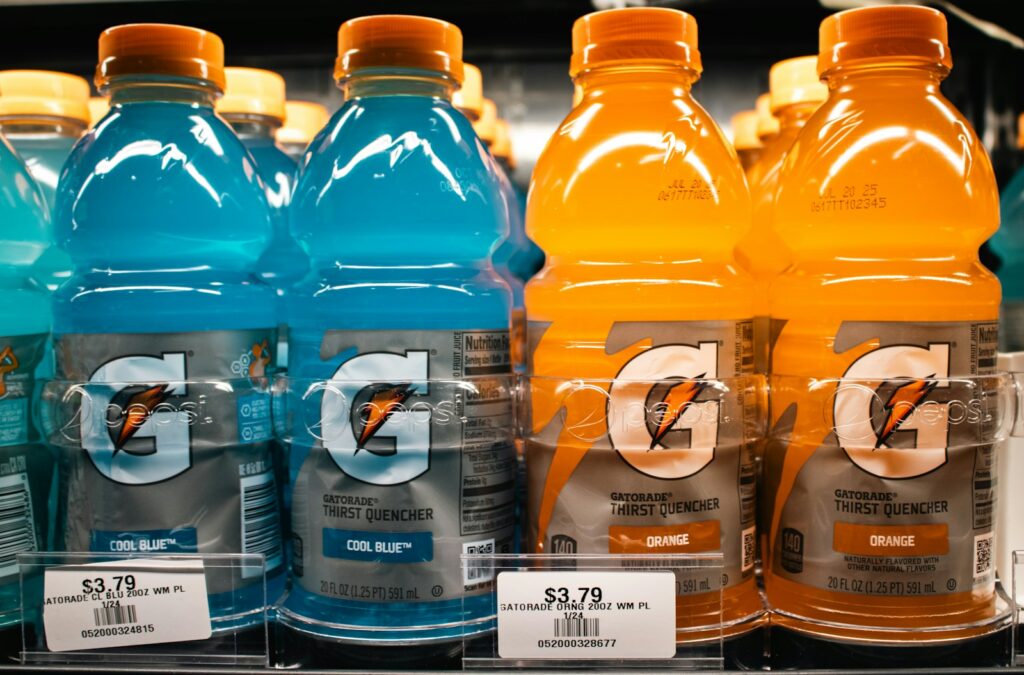
Sports drinks were created for athletes sweating through hours of training. For most people, they’re unnecessary. One bottle can pack as much sugar as soda, plus dyes and flavorings. They hydrate, sure, but water does that without the added sugar. Unless you’re running marathons or working in extreme heat, sports drinks don’t serve much purpose. They’re marketed as healthy but rarely live up to it.
Diet Soda
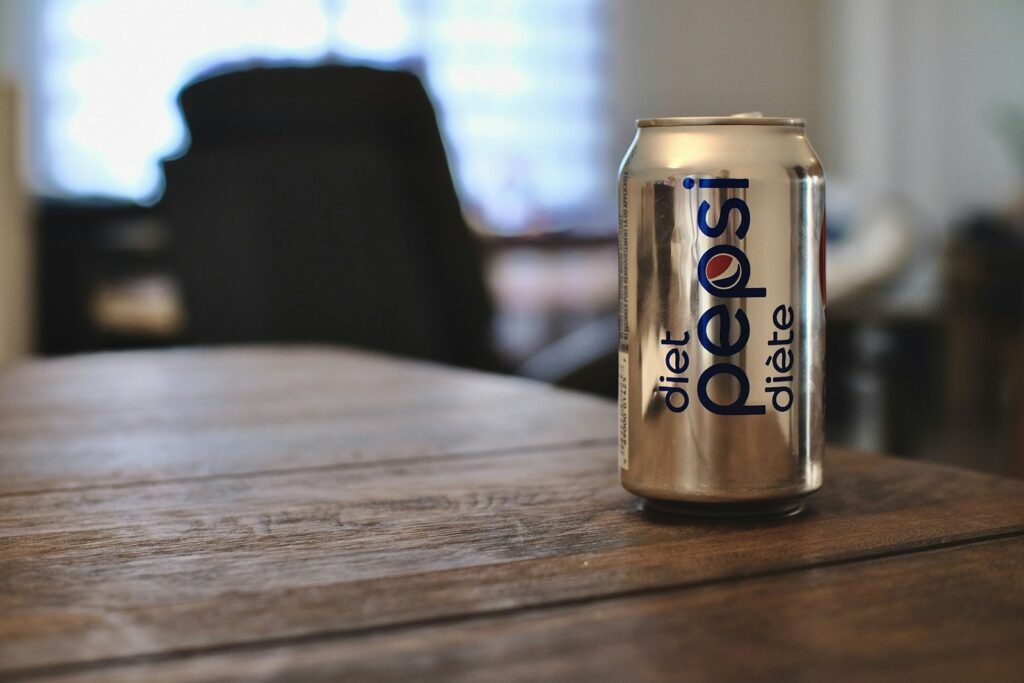
Diet soda sells itself as the guilt-free alternative — no sugar, no calories. But it isn’t harmless. Artificial sweeteners often keep sugar cravings alive and may even confuse how your body handles hunger. People believe they’re making a better choice, but in reality it’s just another processed drink with no real value. It’s not hydrating like water and not nutritious like real food. It’s simply an empty habit.
Cereal Labeled as “Healthy”
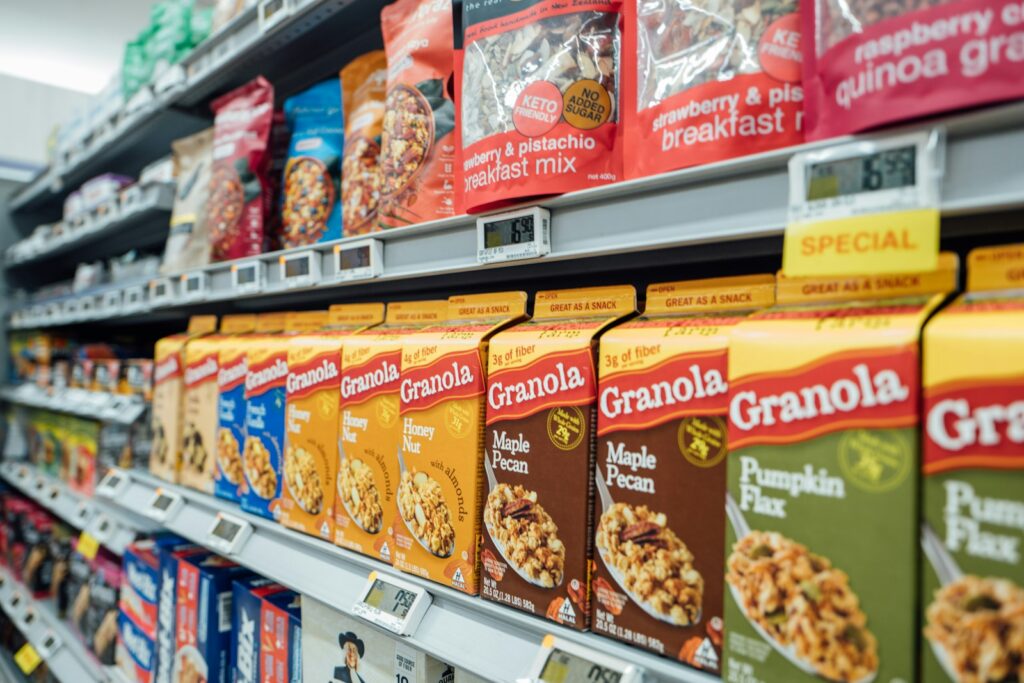
The cereal aisle is full of boxes shouting promises — whole grain, fortified, heart healthy. Turn one over and you’ll often see sugar sitting near the top of the ingredient list. Even cereals aimed at adults can be just as sweet as the ones kids beg for. A little fiber doesn’t cancel out all that sugar. The truth is, plain oats or less-processed options are the only cereals worth calling healthy.

